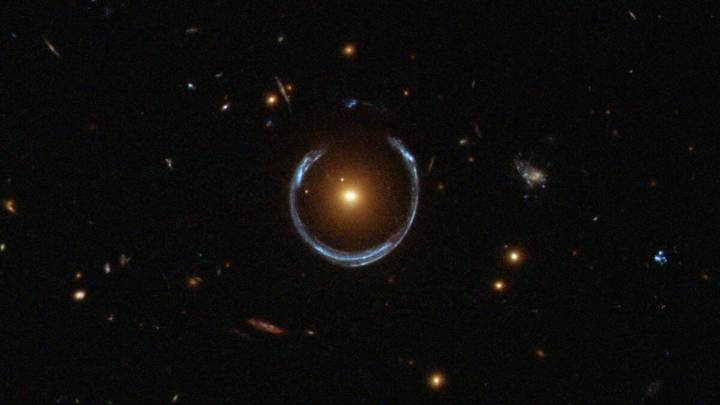The largest black hole ever detected is 36 billion times the mass of our Sun. It exists near the upper limit predicted by our cosmological models, leaving astronomers with burning questions surrounding the relationship between black holes and their galaxy hosts.
In a paper published August 7 in Monthly Notices of the Royal Astronomical Society , researchers announced the discovery of a black hole inside a supermassive galaxy 5 billion light-years from Earth, dubbed the Cosmic Horseshoe. The newly spotted monster is roughly 10,000 times heavier than the supermassive black hole at the Milky Way’s core, according to a statement . Theoretical predictions set the upper bound of a black hole’s mass at 40 to 50 billion times that of the Sun; this cosmic behemoth stands at 36 billion ti

 Gizmodo
Gizmodo

 KRWG Public Media
KRWG Public Media CBS News World
CBS News World New York Post
New York Post NBC Bay Area Dixon News
NBC Bay Area Dixon News Raw Story
Raw Story The Daily Beast
The Daily Beast AlterNet
AlterNet The Spectator
The Spectator Just Jared
Just Jared